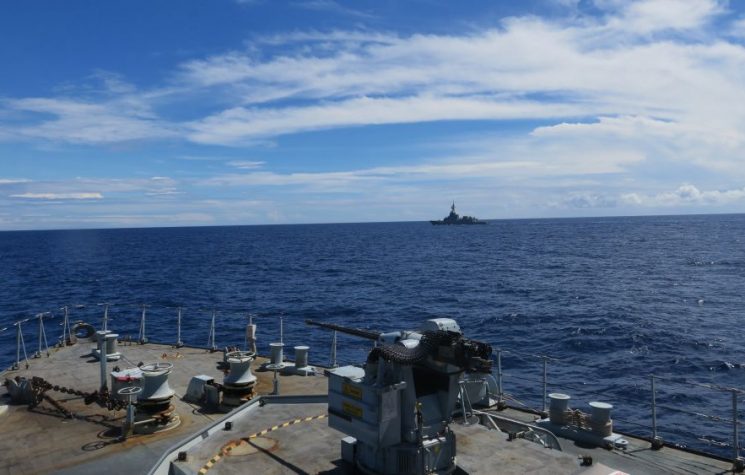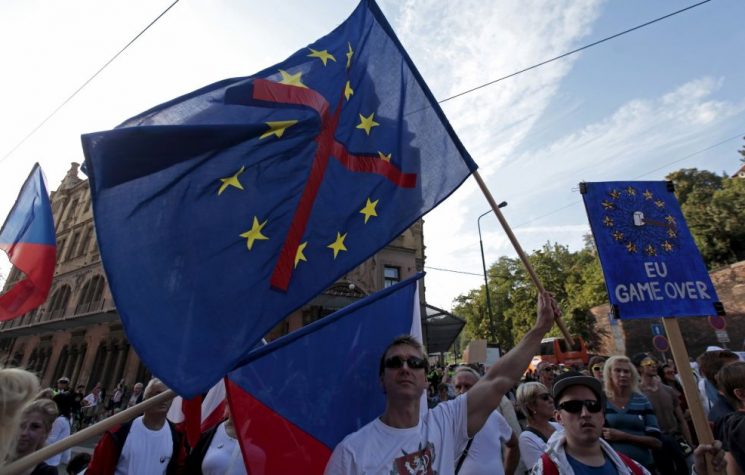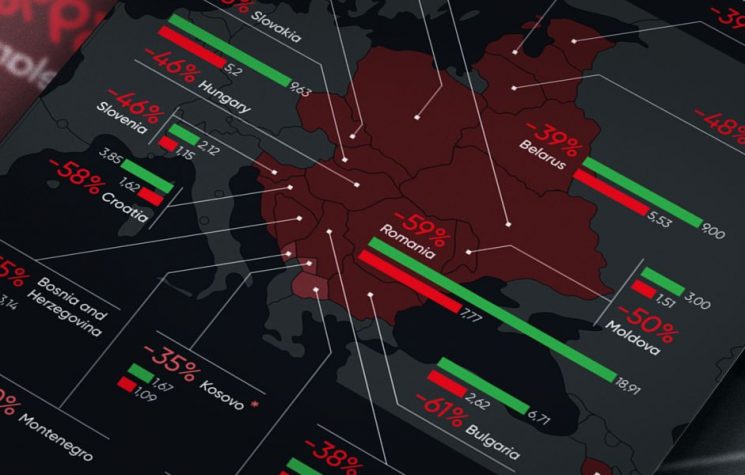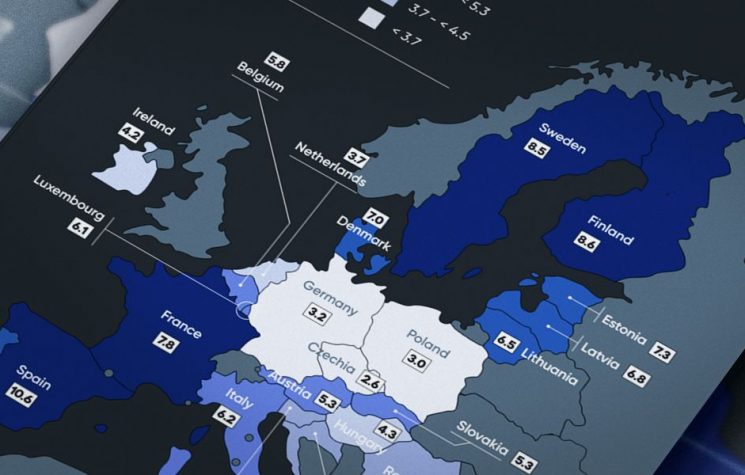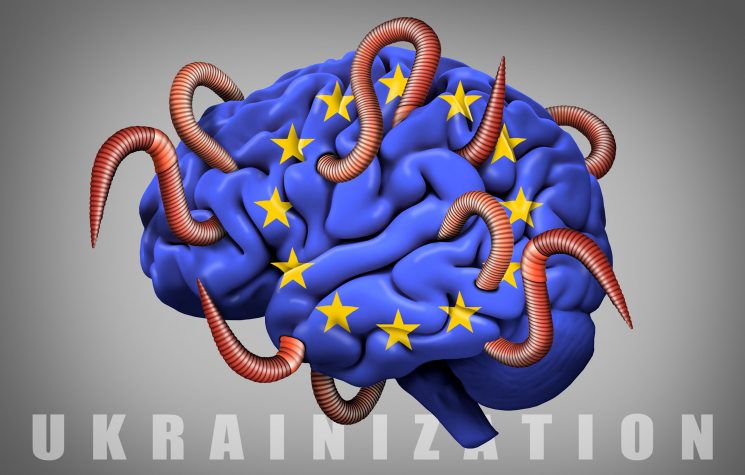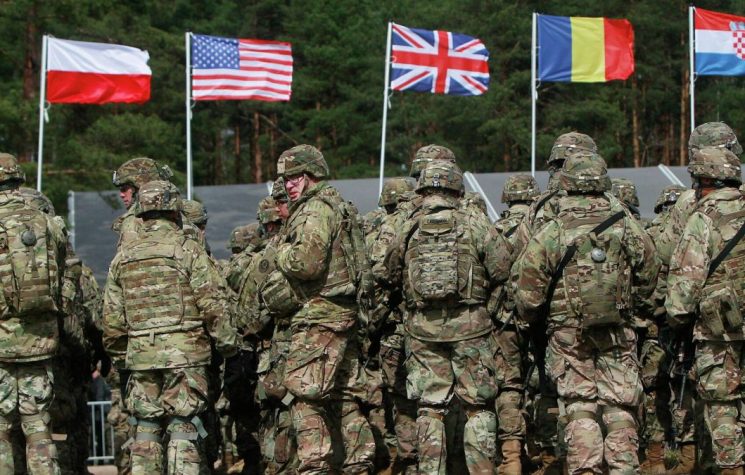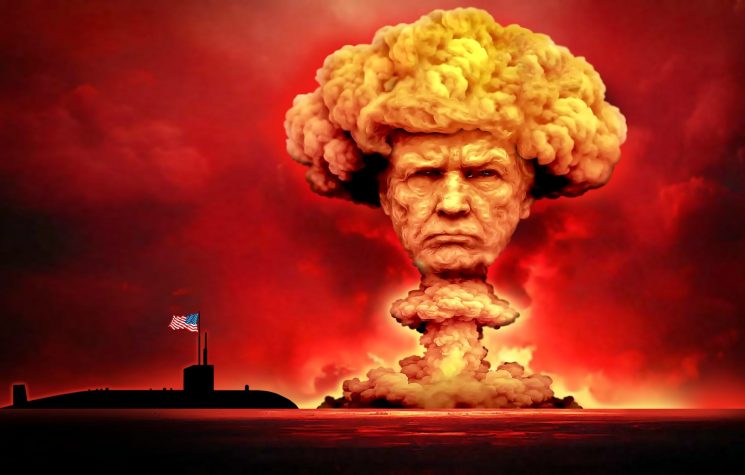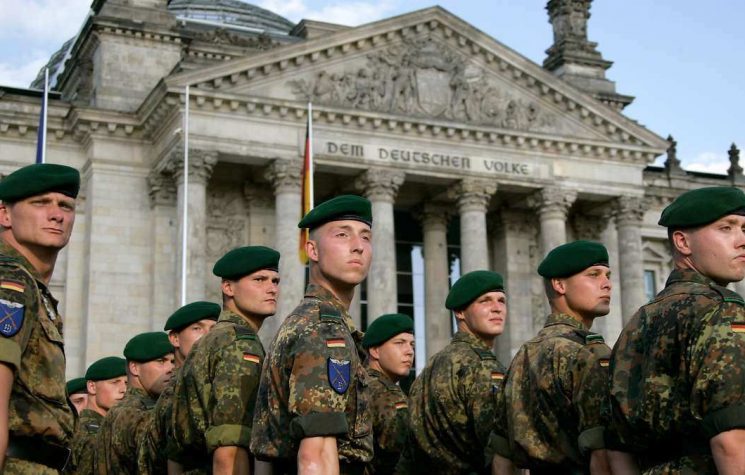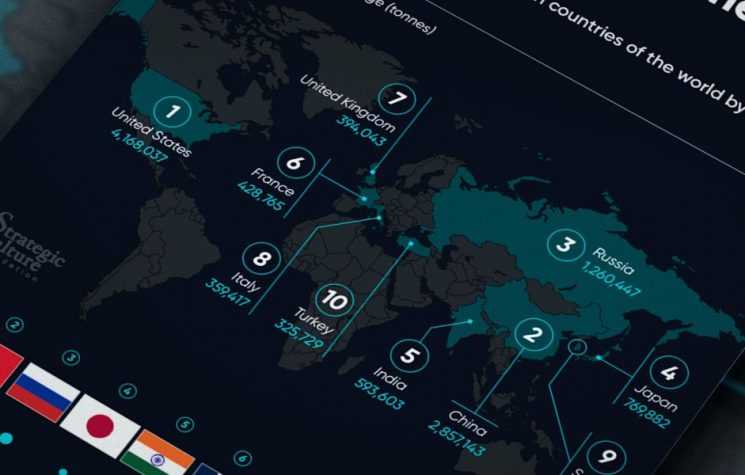If Trump’s peace plan for Ukraine succeeds, Brussels will have to rethink all its calculations from scratch.
Contact us: info@strategic-culture.su
In March 2025, the European Union (EU) launched a comprehensive defense package called “ReArm Europe” (later renamed “Readiness 2030”) to mobilize up to 800 billion euros of financial resources in the coming years.
This rearmament will be financed through both 650 billion euros in financial flexibility provided to member states and 150 billion euros in defense loans (SAFE).
Budget rules will be loosened, existing funds will be redirected toward defense, support for the European Investment Bank (EIB) will be increased, and private capital will be mobilized.
That’s the plan…
This rearmament serves two main purposes for Brussels: to strengthen deterrence against the “Russian threat” and to seek military independence driven by concerns that a Trump-led U.S. may reduce its military support.
How did ReArm Europe emerge?
The plan was unveiled when European Commission President Ursula von der Leyen declared on March 4, 2025, that Europe was at a critical juncture in the field of defense.
The rearmament initiative is a five-stage strategic defense program designed to rapidly and collectively increase Europe’s defense spending.
Although the plan was initially called “ReArm Europe,” it was renamed “Readiness 2030” in April 2025 following objections from the leaders of Italy and Spain.
Italian leader Giorgia Meloni stated that “ReArm Europe” was “a misleading name,” saying, “We are being called upon to strengthen our defense capabilities, but this does not mean buying weapons indiscriminately.”
Spanish Prime Minister Pedro Sanchez also expressed his dislike for the name “ReArm Europe,” saying, “Defense can be explained under a much broader umbrella, such as security.”
What is the plan?
ReArm Europe/Readiness 2030 consists of five main components:
- Applying exemptions for defense spending within the EU’s Stability and Growth Pact (SGP), enabling an approximate total of 650 billion euros in additional spending over four years,
- Financing joint projects such as air defense, missile systems, and drones with the “SAFE” program, which targets a 150 billion-euro budget and offers loan terms up to 45 years,
- Redirecting a portion of existing EU funds, such as regional development and cohesion funds, toward defense investments,
- Expanding the EIB’s credit and capital market support for the defense industry,
- Channeling private sector resources into defense projects under the Savings and Investment Union framework.
Through all these reallocations and adjustments, the EU plans to mobilize a total financial pool of 800 billion euros by combining public budgets and private sector investments.
However, this plan will place a significant economic burden on EU member states.
So, how much burden might fall on each country?
Economic obligations
Germany plans to increase its defense spending by 1.5% of its GDP, amounting to an additional annual burden of approximately 60 billion euros. Berlin aims to achieve this by seeking exemptions from EU financial rules.
Poland is projected to spend 5% of its GDP on defense in 2026; it has already reached 4.7%. This translates to about 40 billion euros more in the Polish economy.
Aside from Portugal, which has declared it will use the same exemption opportunity as Germany, Baltic and Eastern European countries are also expected to take similar steps.
Countries with higher debt levels or those geographically further from Russia—such as France, Italy, and Spain—are more hesitant about using these exemptions due to budget pressures.
The right to apply for SAFE loans will be open to all Member States and certain partner countries (such as Ukraine and candidate countries) until 2030, totaling 150 billion euros.
Overall, even when 650 billion euros of new national spending rights and 150 billion euros in joint loans are distributed among the 27 EU countries, it creates a significant economic responsibility.
Can Europe handle this burden?
In recent years, Europe has significantly increased its defense spending, but it still lags behind the U.S. in terms of defense industrial production capacity and R&D investments.
Although measures such as financial flexibility and loans are designed to bypass budget rules, the combination of high public debt and weak economic growth raises new concerns.
In anticipation of the expected confusion, discussions have already begun about establishing a “central authority” responsible for managing and overseeing this budget.
If the EU proceeds with selecting such a “central authority,” the selection process itself could open the door to new disputes.
Another risk facing Europe’s 2030 preparations is the critical role assigned to private capital.
If the climate of fear created by the anticipated war with Russia causes “financial anxieties” among private investors, relying solely on public budgets is unlikely to yield optimistic results.
Although the EU has strengthened its financial instruments and updated its rearmament plans, ultimately the trajectory will be determined by member states’ economic resilience and industrial capacity.
Potential social unrest sparked by the economic burdens of military spending will be one of the greatest challenges for European politics.
The Role of the Transatlantic Rift
Another major motivation behind ReArm Europe is undoubtedly U.S. President Donald Trump.
Trump’s views—and those of his team—on Europe, their eagerness to meddle in domestic politics (especially in Germany), and newly imposed 25% tariffs are forcing Europe to “fend for itself.”
While European leaders continuously cite the so-called “Russian threat” to justify rearmament to the public and overlook NATO’s expansion map, Brussels must also deal with the vacuum created by both Russia and Trump’s America.
Nevertheless, the strategic autonomy Europe has begun building due to Trump could still collapse because of Trump himself.
If Trump’s peace plan for Ukraine succeeds, Brussels will have to rethink all its calculations from scratch.











